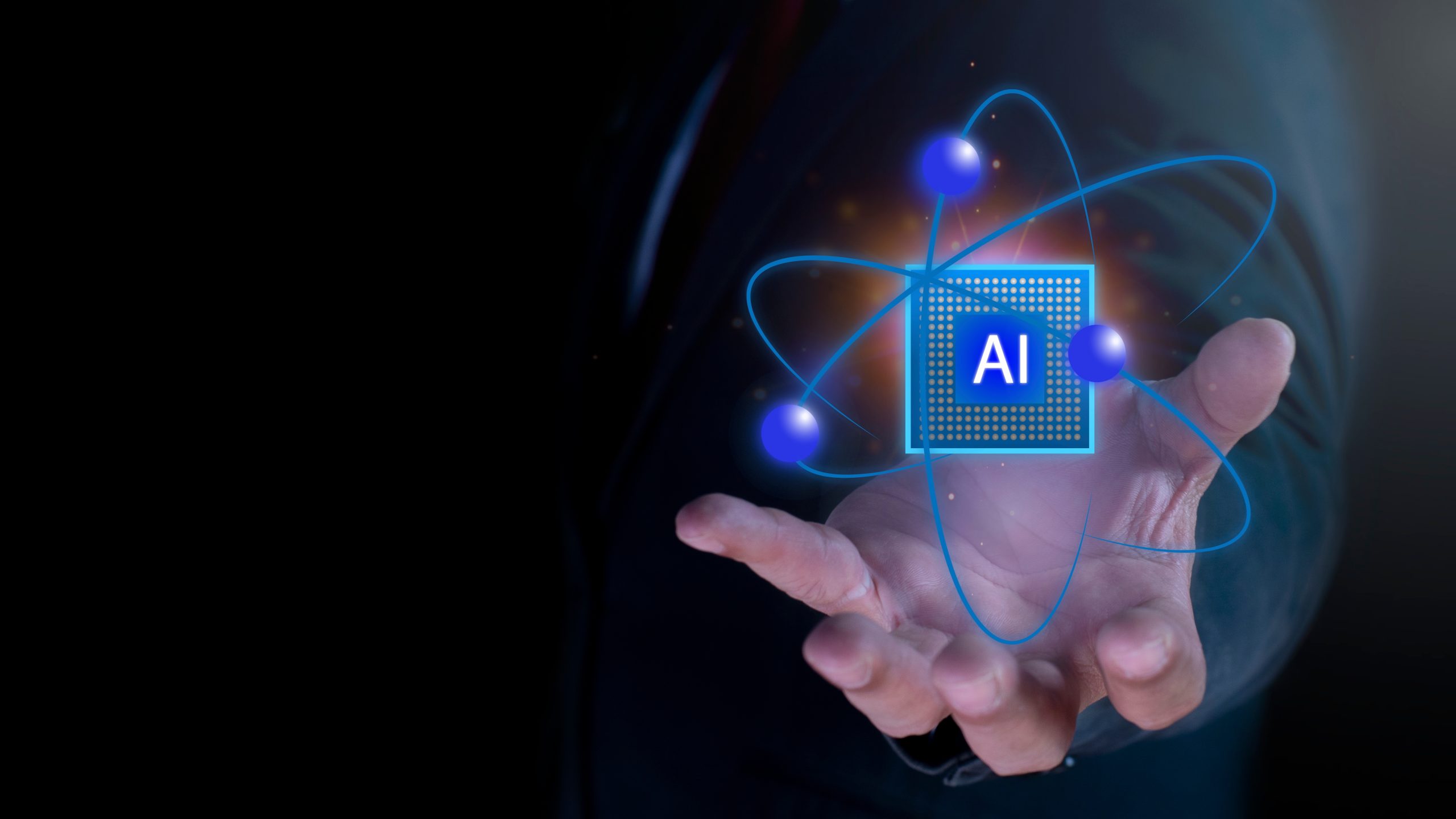Whenever you have a scan at a hospital, both you and the operators are exposed to a small amount of radiation. For hospital staff, this means a slow trickle of exposure every day, slightly increasing their risk of serious diseases like cancer.
“We are talking about thousands of people exposed every day in most hospitals,” said Professor John Damilakis, a leading figure in the field of medical physics and director of the Department of Medical Physics at the University of Crete, Greece. “That’s why we need to manage the dose of radiation each person receives very carefully.”
Hospitals must ensure that patients get the minimum radiation necessary for good images. Yet they often use average values for large demographic groups, so a small, slender man might receive the same dose as a tall, heavier one of similar age, meaning the risk is higher for one patient than for the other.
Getting the dose right
To address this, Damilakis led an EU-funded research initiative called SiNfONiA, which used AI to tailor radiation doses to individual patients.
“Instead of averages, we use complex models,” Damilakis explained. “AI determines the minimum necessary dose for each patient. This can get very detailed. If a woman has had a breast removed due to cancer, for example, the model will reduce the dosage.”
The SiNfONiA research, which ended in December 2024, is just one example of how the EU is supporting nuclear science in a wide range of areas, including health, agriculture, space exploration, and even disaster prediction.
A common thread in all these fields is that nuclear technology is being increasingly transformed by AI.
To highlight these advances, the European Commission organised an event on Atomic intelligence: at the intersection of nuclear research and AI in Brussels, Belgium, on 19 May 2025. This brought together a number of research initiatives that, like SiNfONiA, are using AI to supercharge their results.
“
AI can quickly analyse huge amounts of data and come up with new insights. […] It could change medical radiation protection forever.
Better maintenance for better safety
In the area of nuclear power plant safety, the aptly named El-Peacetolero research team, led by Sorbonne University in Paris, France, has used AI to improve nuclear power plant inspections and, thereby, their safety.
The team, comprising researchers from France, Spain and Germany, has developed a handheld, low-power, pistol-like device based on optoelectronics.
It can quickly assess the condition of polymers used as protective, sealing, or isolating coatings in joints, electrical cables or pipes. It can also determine the type of polymer used.
Monitoring the extent of their ageing and integrity is crucial, but it also presents a challenge in the 126 operational reactors in the EU, as this type of inspection has traditionally been slow and laborious.
“You have to drill a hole, take a sample, and ship it to a lab,” said Alejandro Ribes Cortes, principal research scientist at French energy company Électricité de France (EDF). “Sometimes it takes weeks to get results.”
But time is a luxury that maintenance crews do not have. Nuclear plants typically shut down for maintenance only about one month a year, and any delay can be costly.
“One extra day can mean an additional €1 million in costs,” said Ribes Cortes, who works at the EDF Lab Paris-Saclay, where he specialises in integrating AI into scientific and engineering applications.
This is particularly important for nuclear plants that are being decommissioned, as they are old, and sometimes the researchers do not know exactly what type of polymer was used.
“It shoots LED and laser light at the target,” said Ribes Cortes. “From the reflected light, we can then derive information to determine the exact material used.”
AI algorithms compare the reflected light to the light signature of a range of polymers, allowing faster and more accurate identification than was possible before.
Nuclear earthquake sensors
Nuclear technology may also make it possible to predict earthquakes more efficiently.
Stéphane Labbé, a professor of advanced mathematics and engineering at Sorbonne University, is leading the AI component of another EU-funded research initiative called artEmis, which combines AI and nuclear technology to predict earthquakes in their early stages.
“Existing prediction methods look at the movement of the ground,” said Labbé. “This allows us to predict earthquakes hours to days before they strike. That is, however, not enough. We need predictions of weeks or even months in advance to really prepare.”
Earthquakes happen when the Earth’s tectonic plates start to shift, releasing radon in the process, a naturally occurring radioactive gas. As the plates move, before an earthquake strikes, higher quantities of radon are released and enter the groundwater.
The artEmis researchers plan to place sensors deep underground to detect such radon spikes before quakes hit. This is where nuclear technology and AI may help. While nuclear technology detects radon, AI is crucial for sifting through the complex data to determine which radon signatures are tied to earthquake activity.
“
The number of parameters and the complexity of this phenomenon make this far too complex to do without AI.
Navigating limitations
These researchers must also navigate some of AI’s limitations, such as a lack of transparency or the risk of bias. In the context of AI, bias refers to systematic errors or prejudices embedded within AI systems that cause them to produce unfair, discriminatory, or distorted results.
Some AI methods, for example, do not allow researchers to see why an algorithm made a particular choice – a challenge for earthquake prediction and an issue for the artEmis team.
In medicine, bias in training data can lead to dangerous errors. “That’s why we share our code with other researchers,” said Damilakis. “That way, they can test it with their data and help us address possible biases.”
While not all challenges are solved – artEmis still needs to engineer sensors that can survive deep underground – the work of researchers who are applying AI to nuclear technology is moving forward.
“The dream is to predict earthquakes one or two months before they happen,” Labbé said. “That would be a game-changer. It would save many lives.”
Research in this article was funded by the EU’s Horizon Programme. The views of the interviewees don’t necessarily reflect those of the European Commission. If you liked this article, please consider sharing it on social media.


